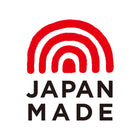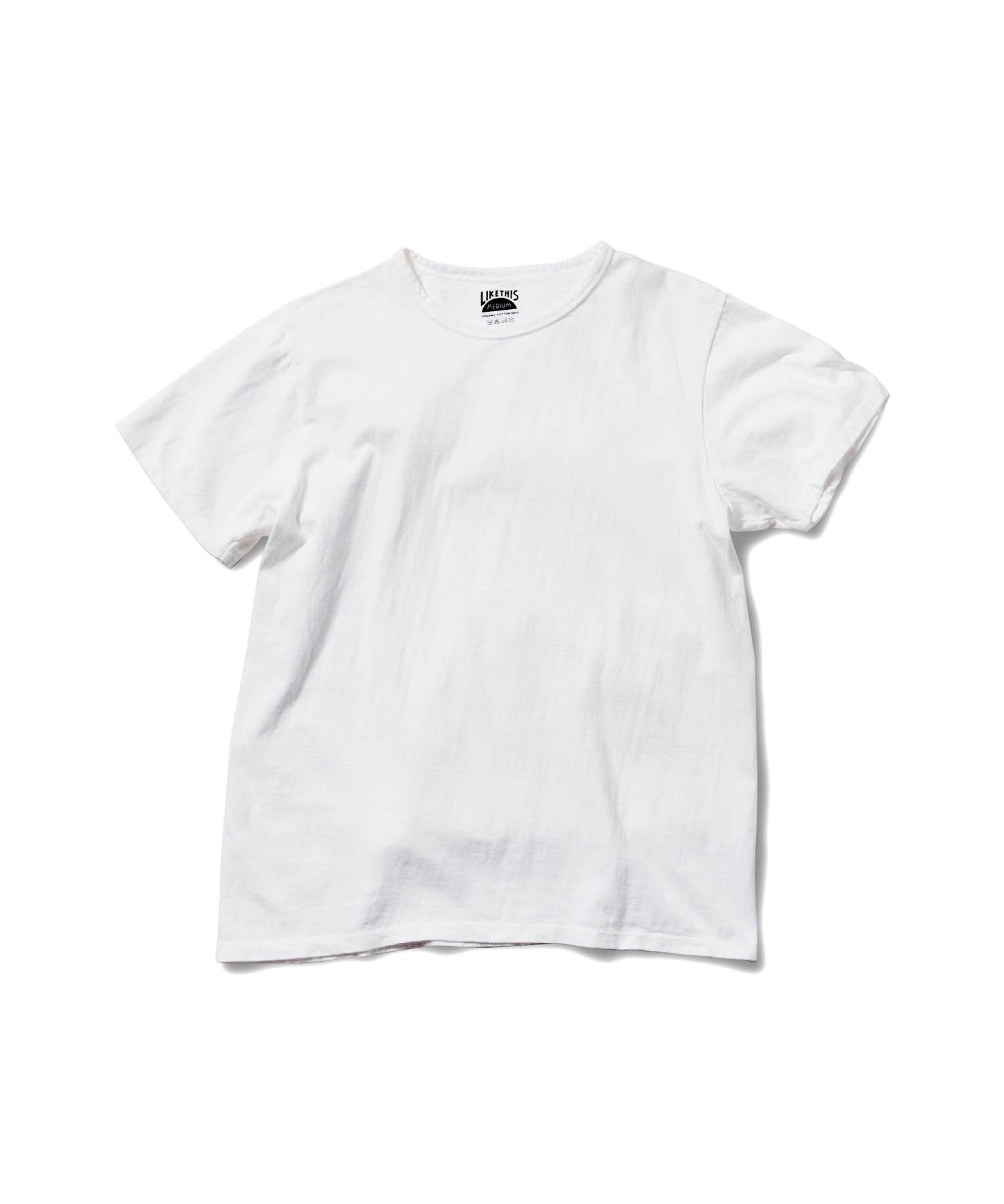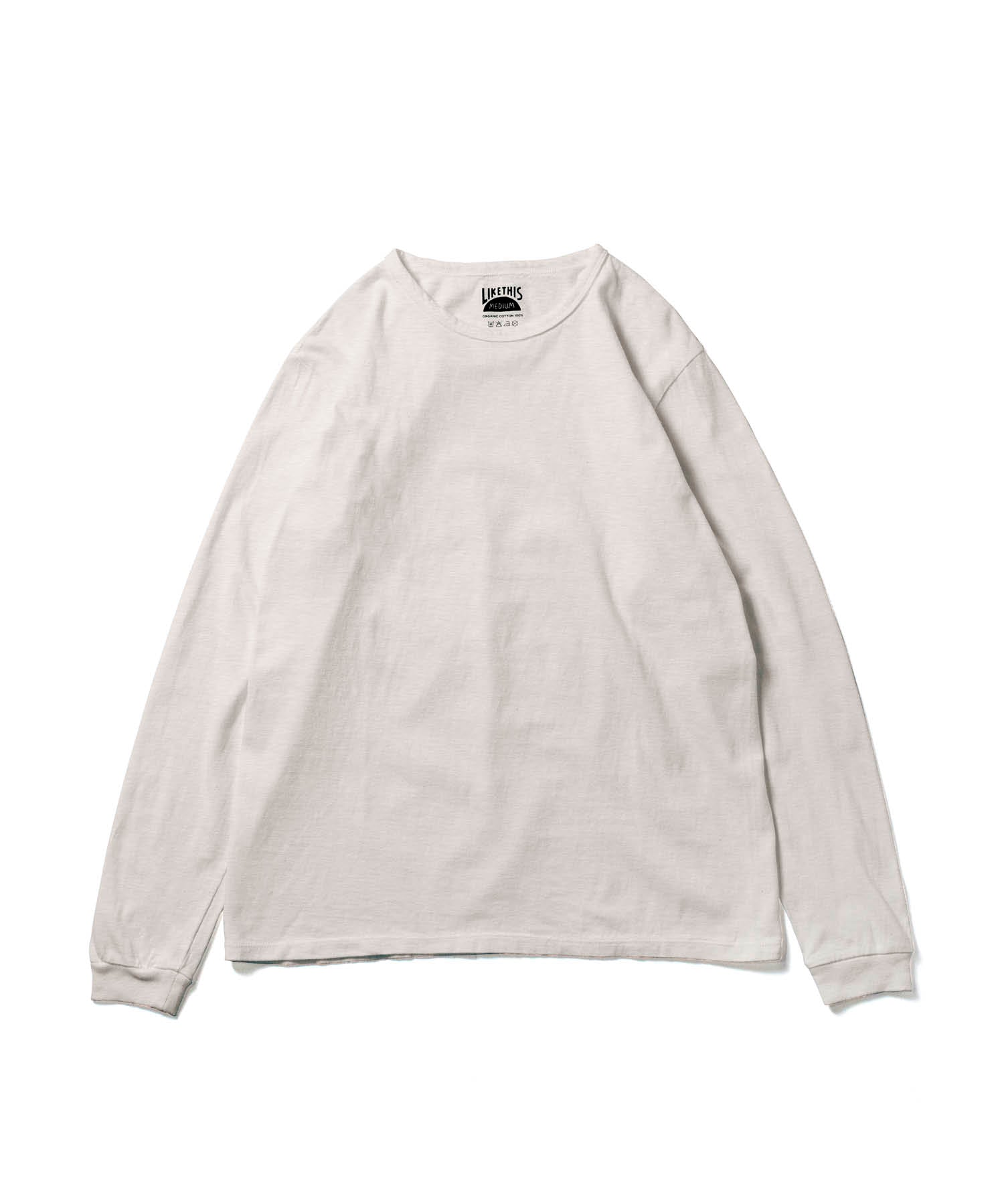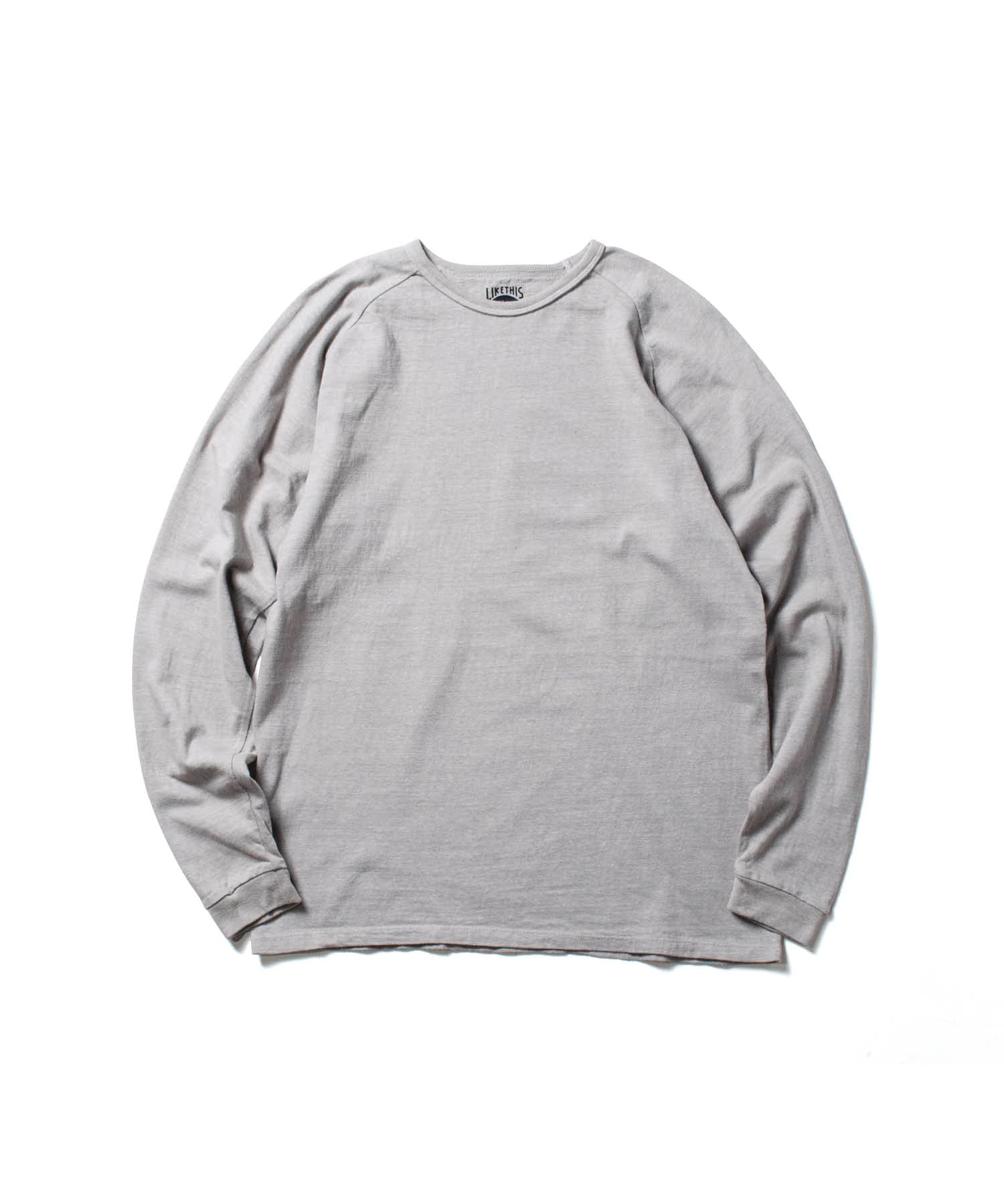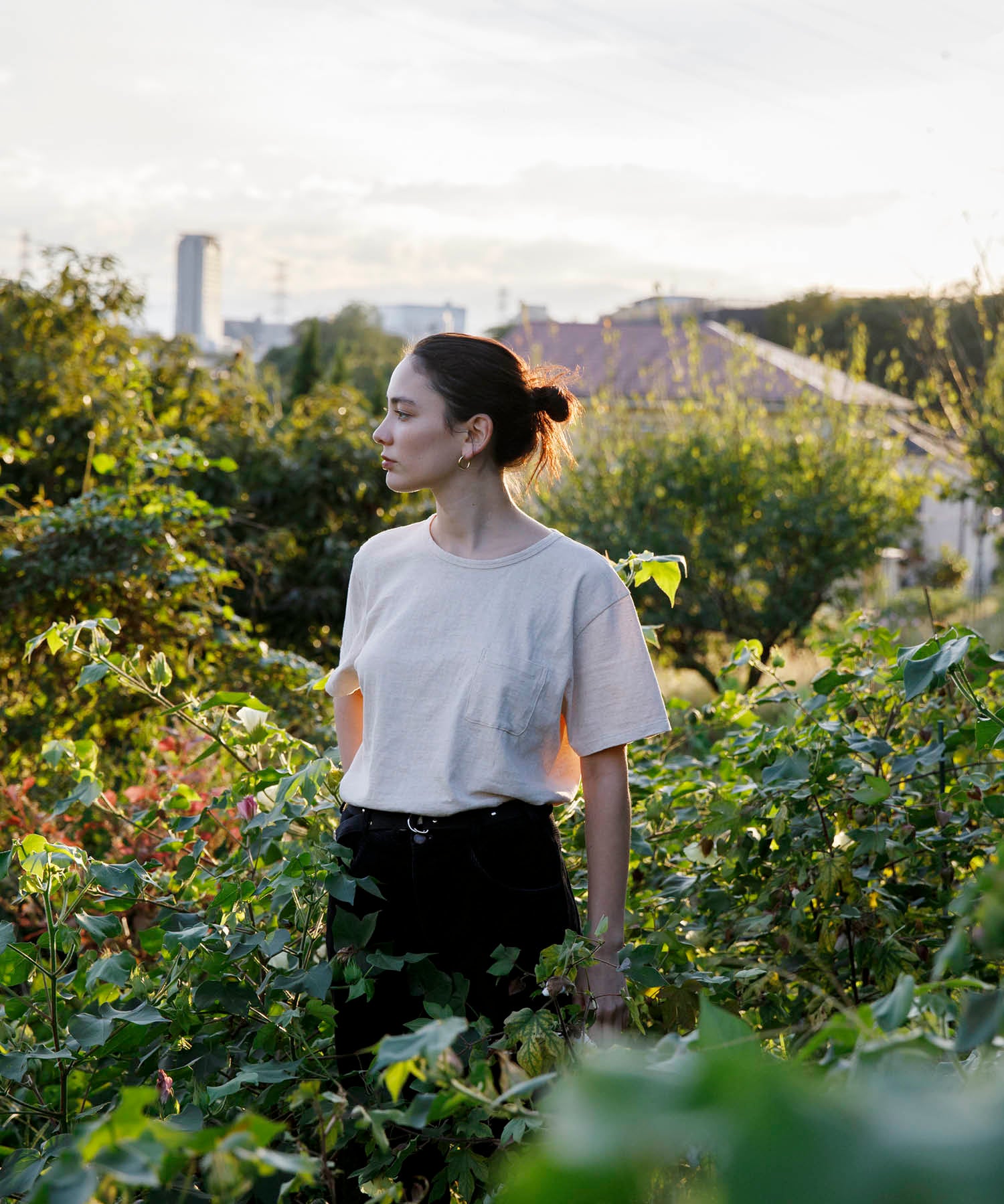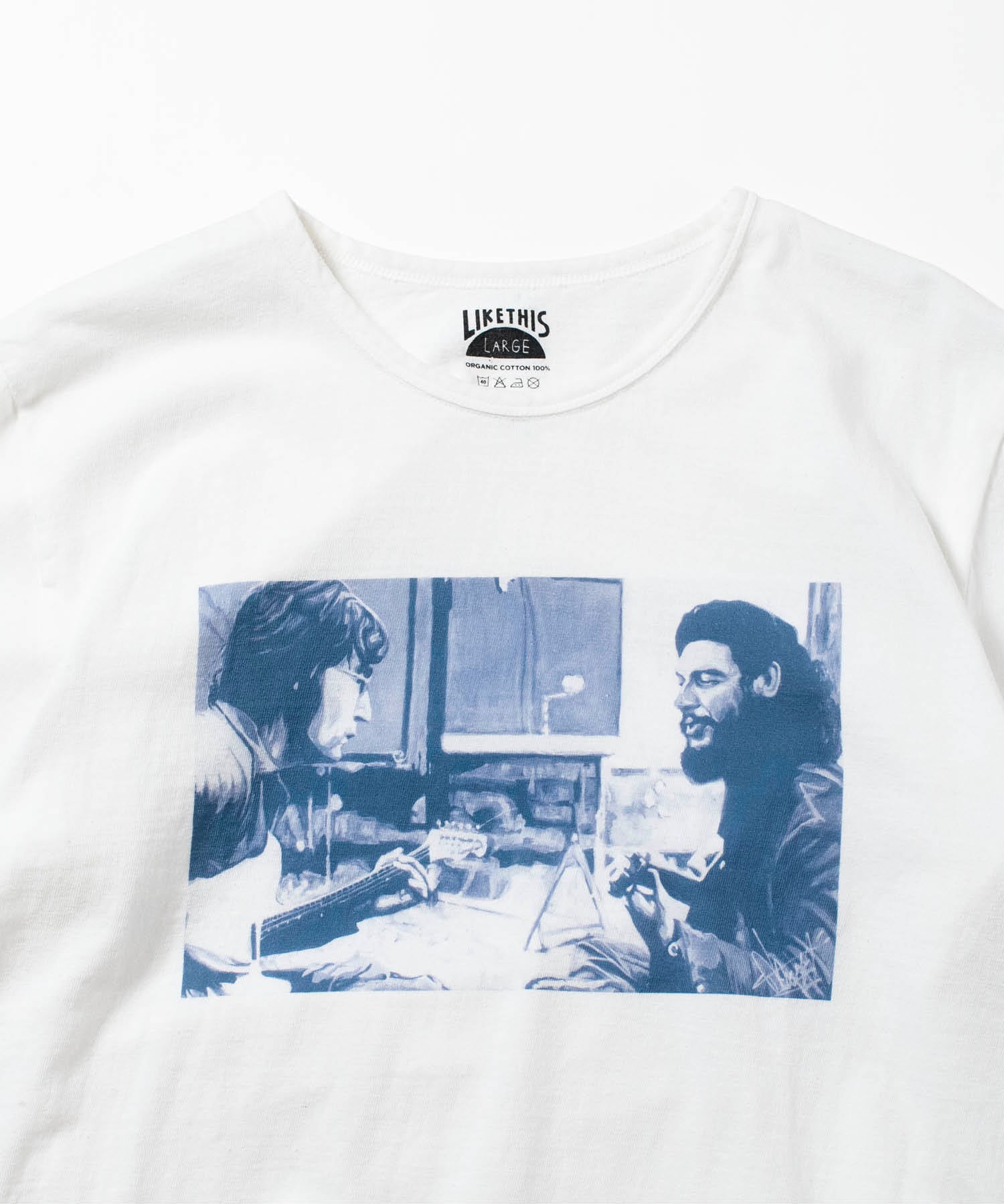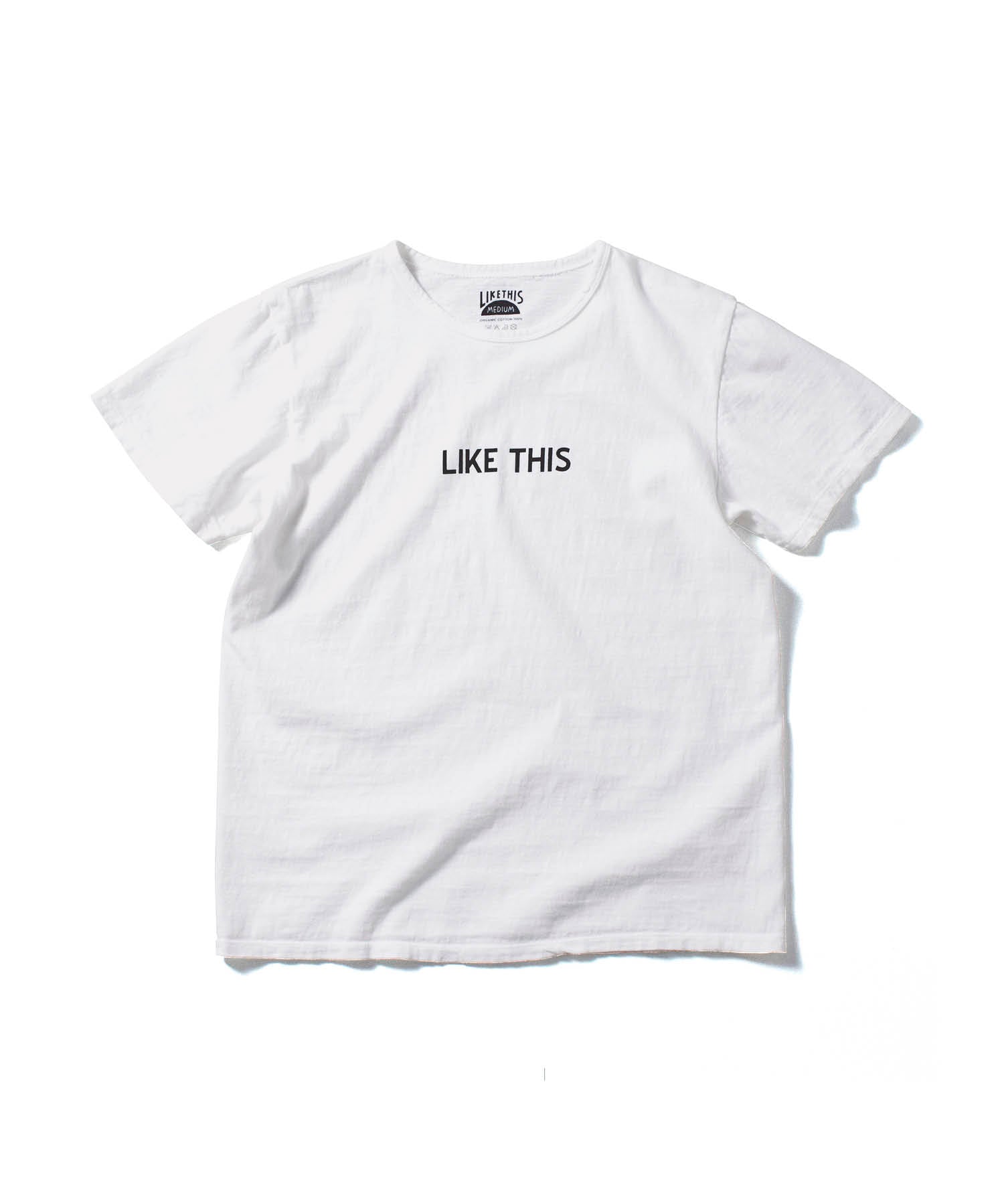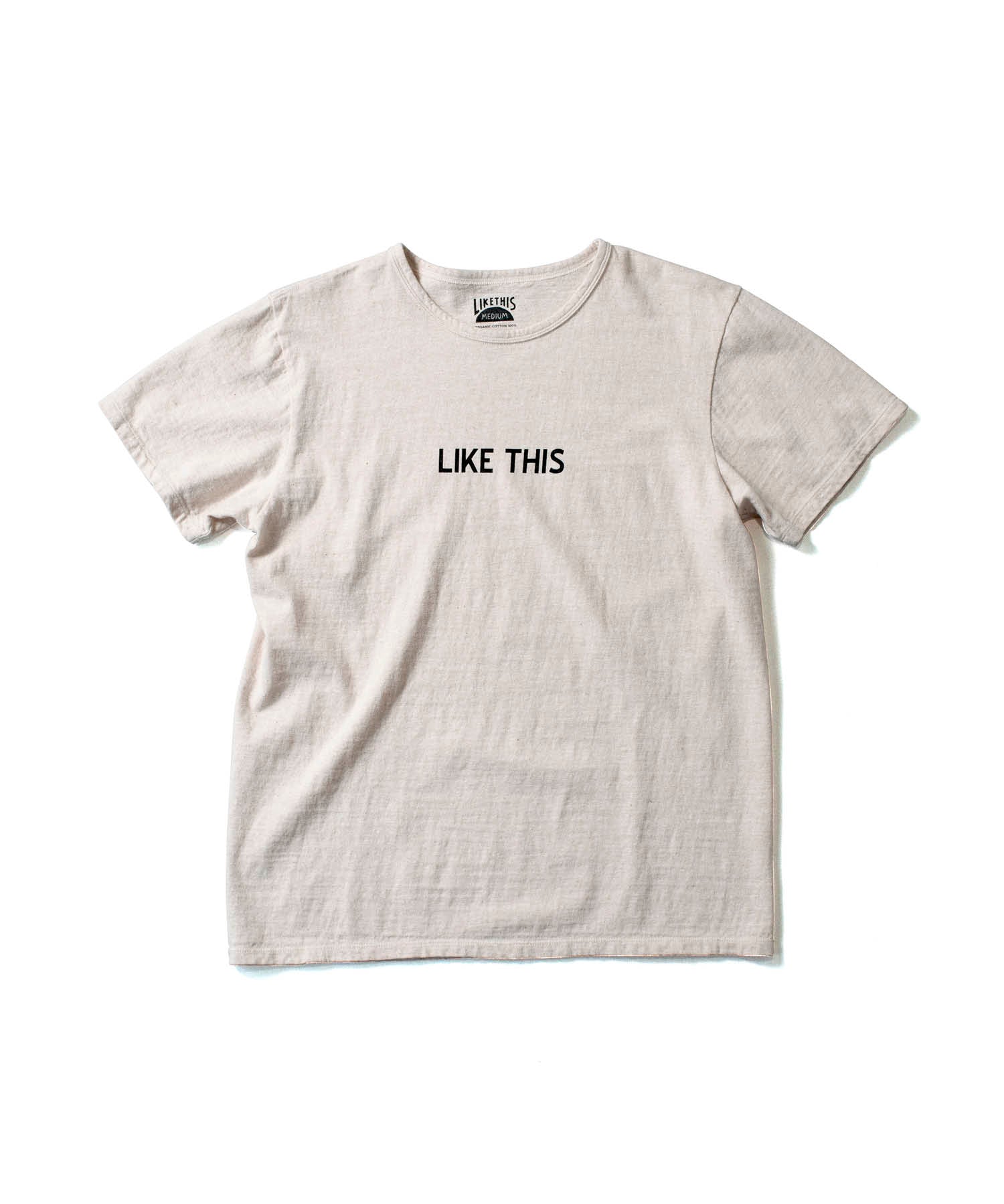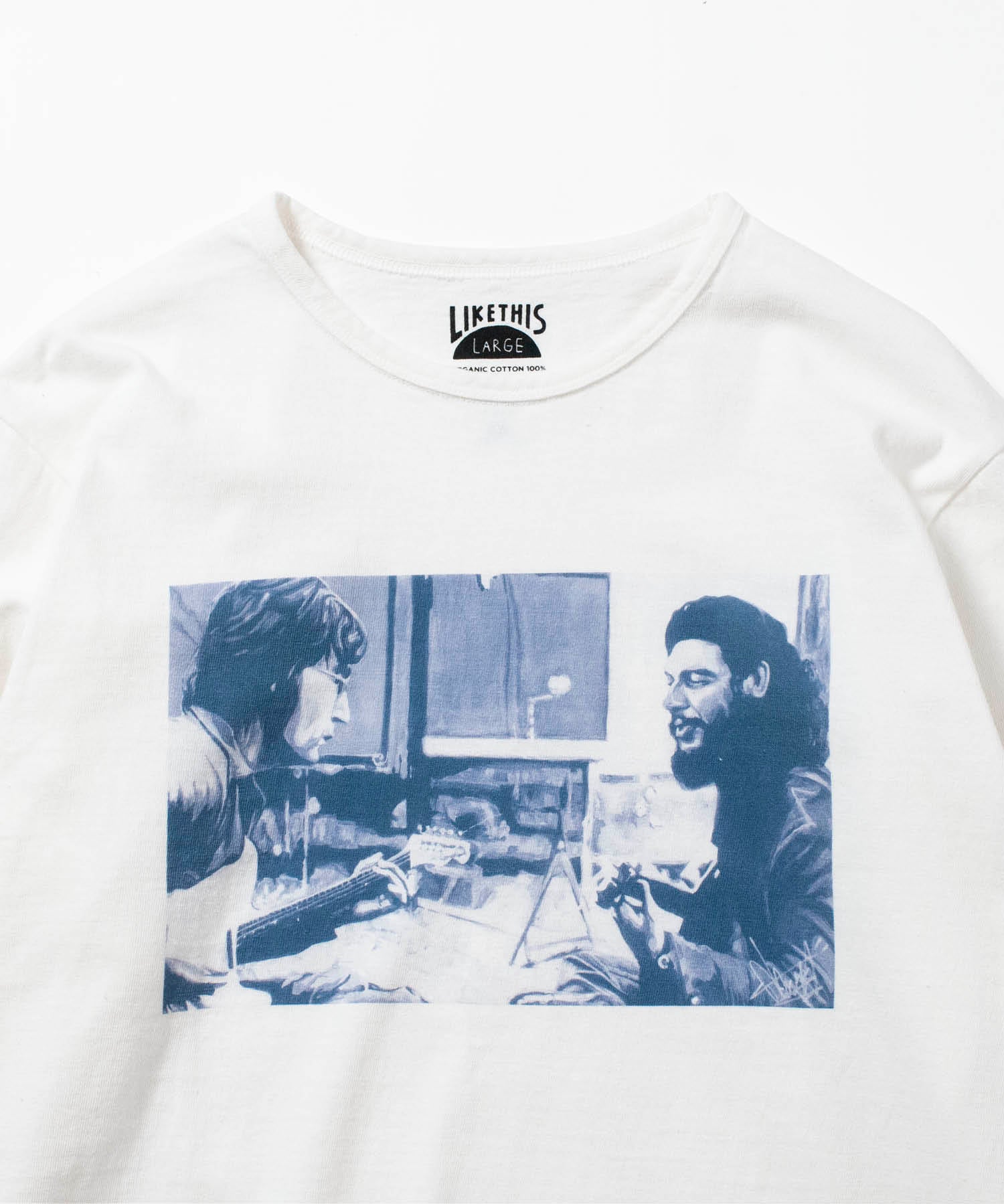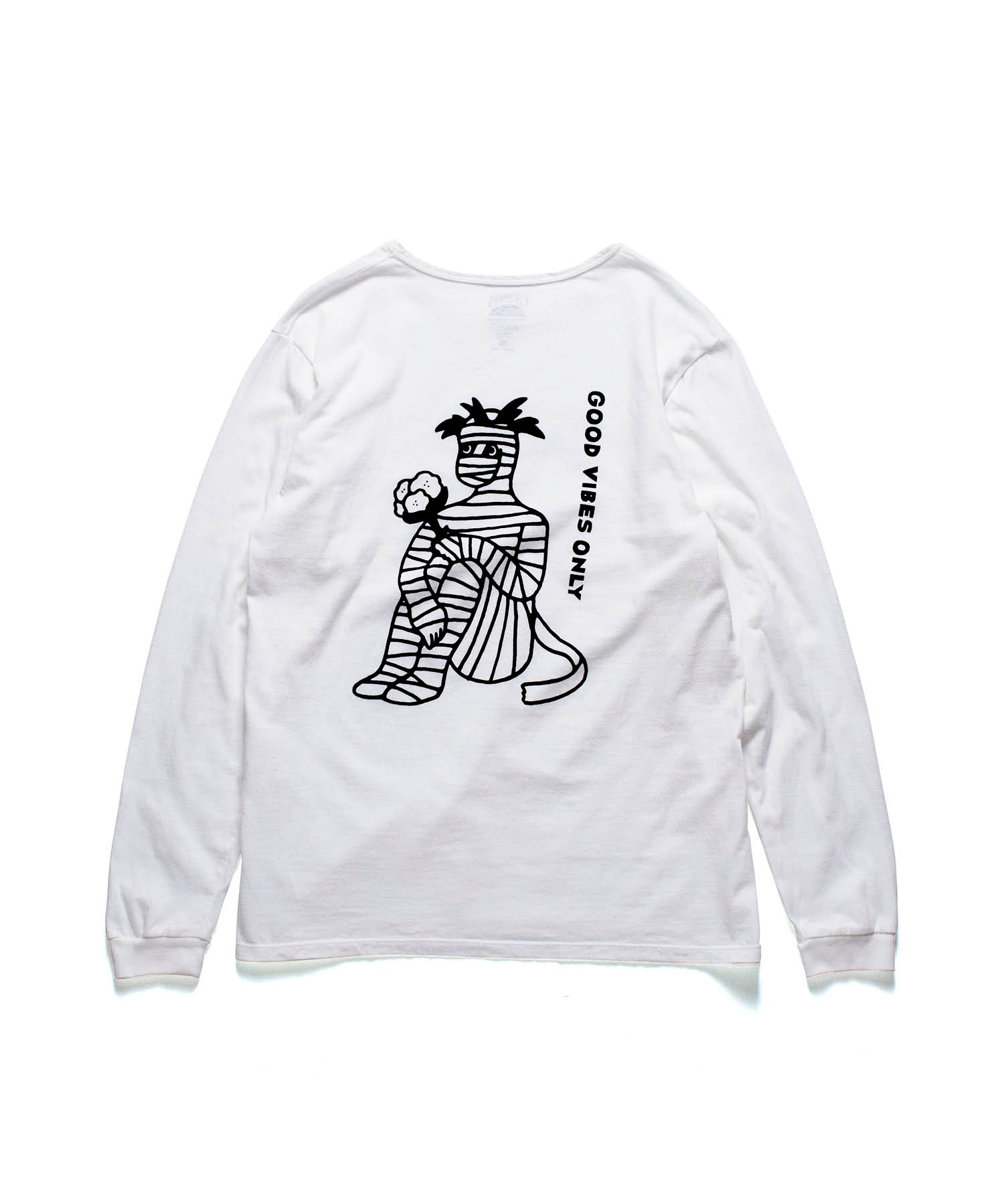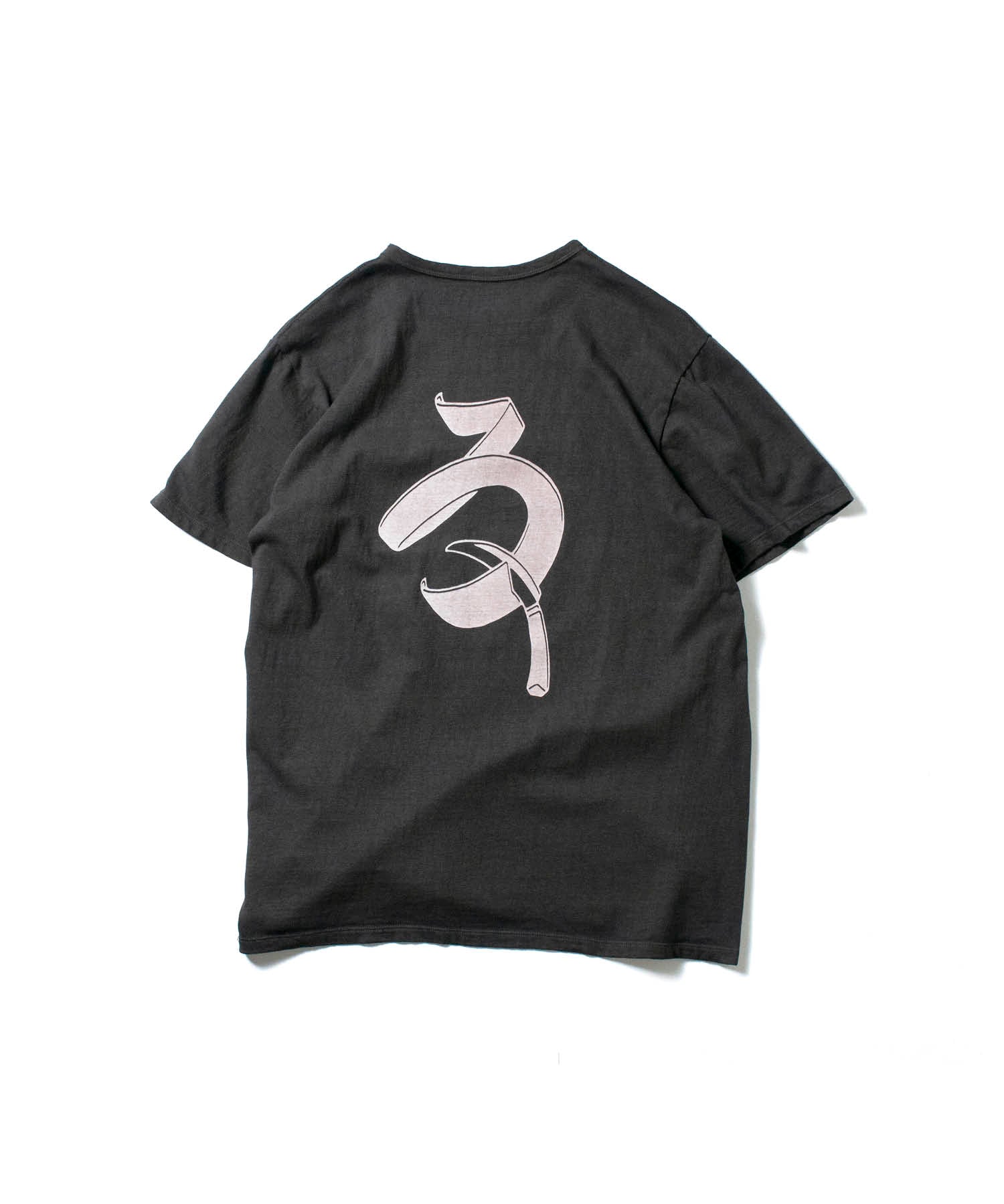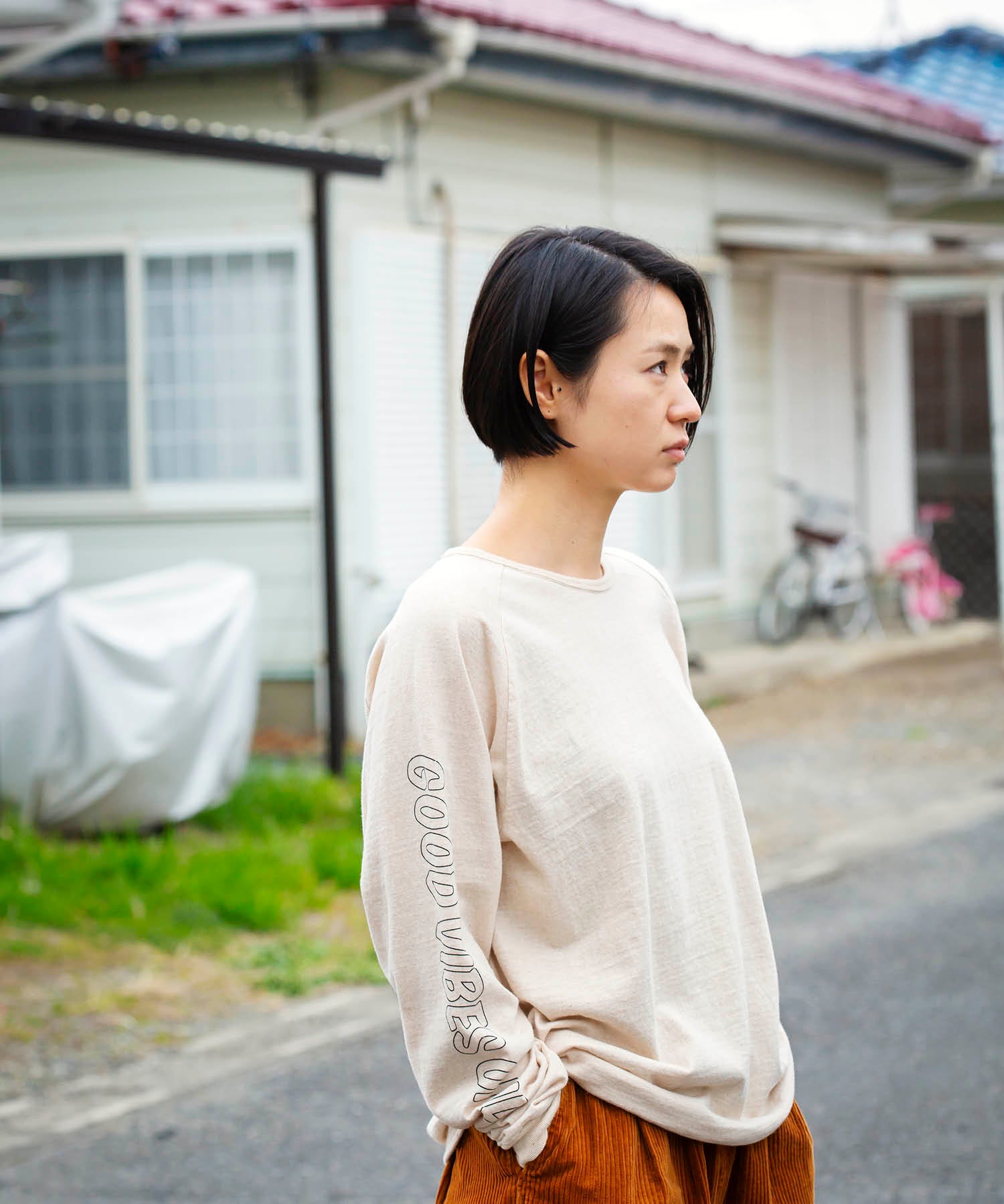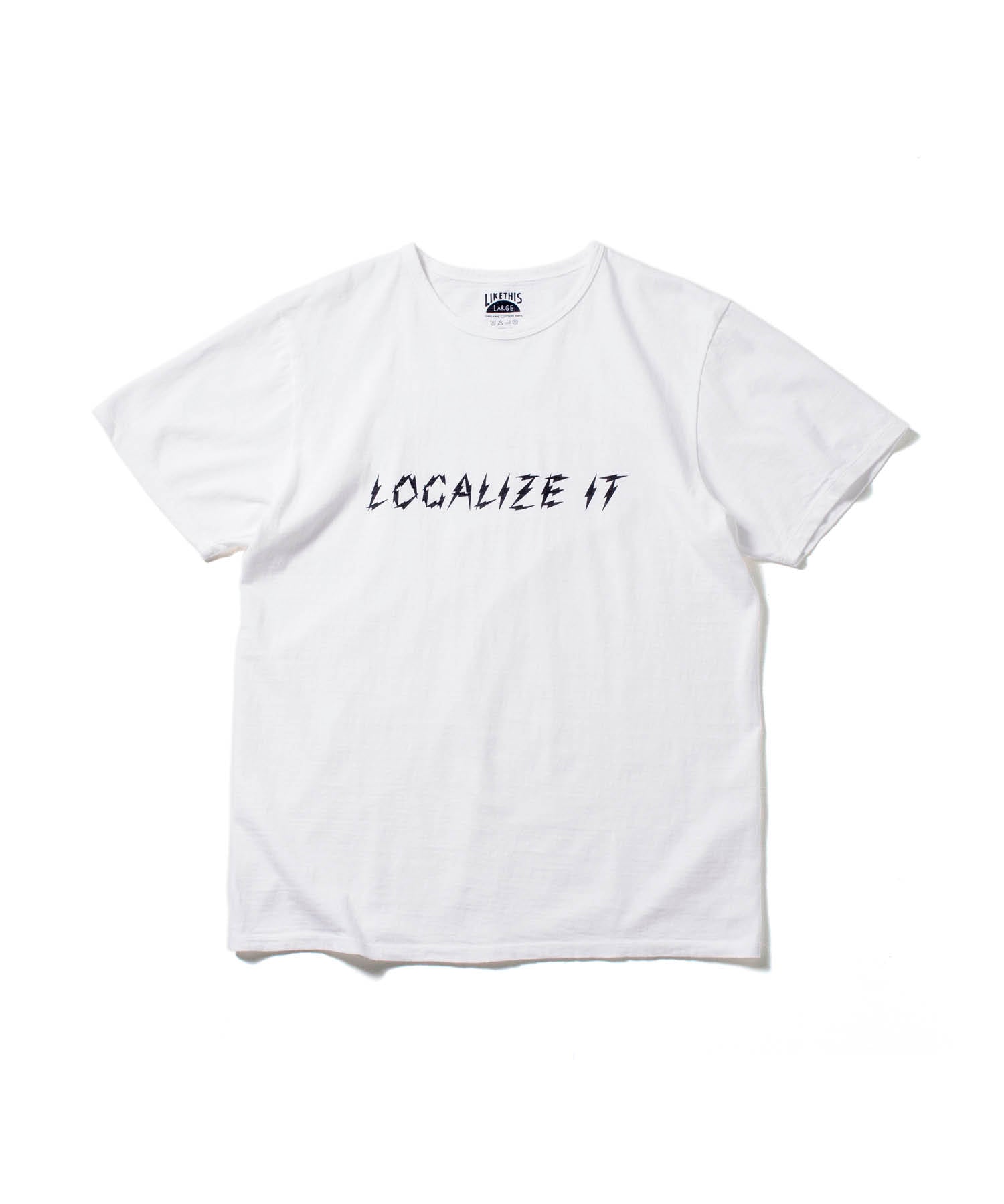Traceability
Dyed with

Material Story
Zelkova Tree
A typical broadleaf tree in Japan. It is impermeable to water, hard and resistant to wear, so it has been widely used as a building material since ancient times, and was also used in shrines and temples. Buddhist statues are also made from it. Nowadays it is expensive and is not used much, but it was widely planted during the Edo period. As the etymology of the word zelkova is "keyakeki (outstandingly beautiful)", it shows its beautiful appearance all year round. The pigment is extracted from shavings obtained from TRENCH DRUMS, which makes drums from felled roadside trees.
Our quality

100% Organic Cotton
Organic cotton sourced from farmers on five continents. Cotton harvested using farming methods that protect the environment without the use of pesticides or defoliants for more than three years is used in Taishobo organic yarn, which is spun without putting a burden on the environment during the manufacturing process. Organic cotton is a peaceful material that not only reduces environmental pollution caused by pesticides and chemical fertilizers, but also the burden on the health of farmers who produce it, and this is where the comfort of LIKE THIS TEE begins.

Loop Wheel
This knitting machine, which originated in Europe and was in use until around the 1960s, is called a "hanging knitting machine" or "suspension machine" because it knits fabric while suspended from the ceiling. Because it knits slowly without putting unnecessary tension on the thread, it is able to knit fabric that is soft as if it contains air, yet strong. However, because it can only knit about one meter per hour, it has lost its place in a society of mass production and mass consumption, and now this valuable technique is only operated by a few companies in Wakayama Prefecture, Japan.

Botanical Dyes
Botanical dye is a hybrid plant dye that dyes protein-treated fibers with a combination of pigments found in plants and small amounts of chemical dyes. Compared to traditional plant dyes, it is characterized by high fastness and vivid color development. It does not use mordants that promote color development and fixation with metals, and controls the color tone by the temperature when extracting the pigment, acidity or alkalinity, and dye concentration. The natural colors of plants reflect light in a complex and diffuse manner, allowing fibers to be dyed in beautiful, deep colors.
Organic Cotton Tee
- Blank Tee
- Art Tee









